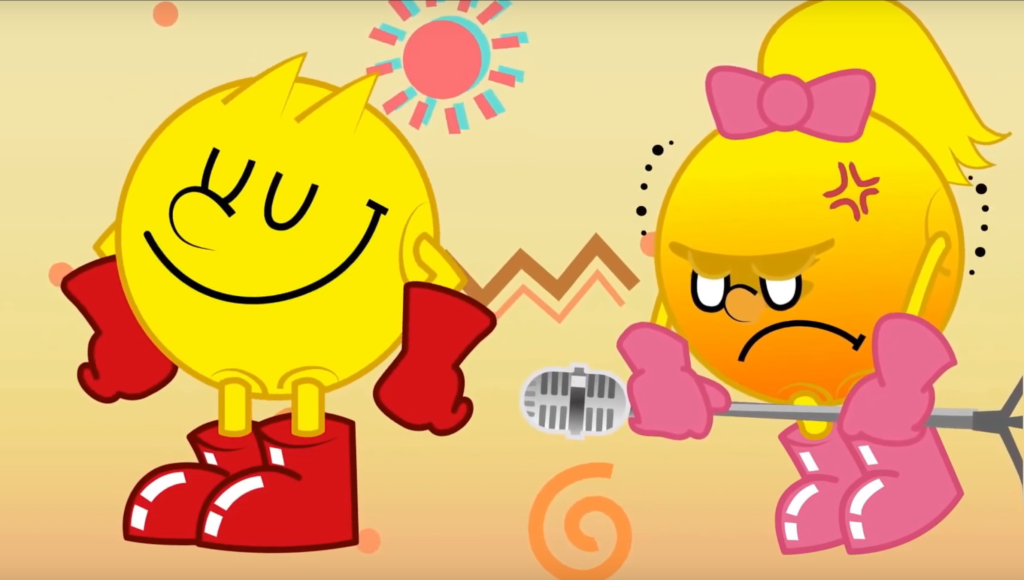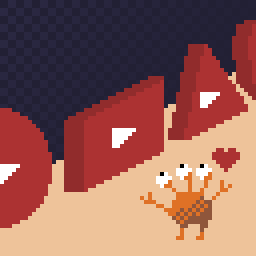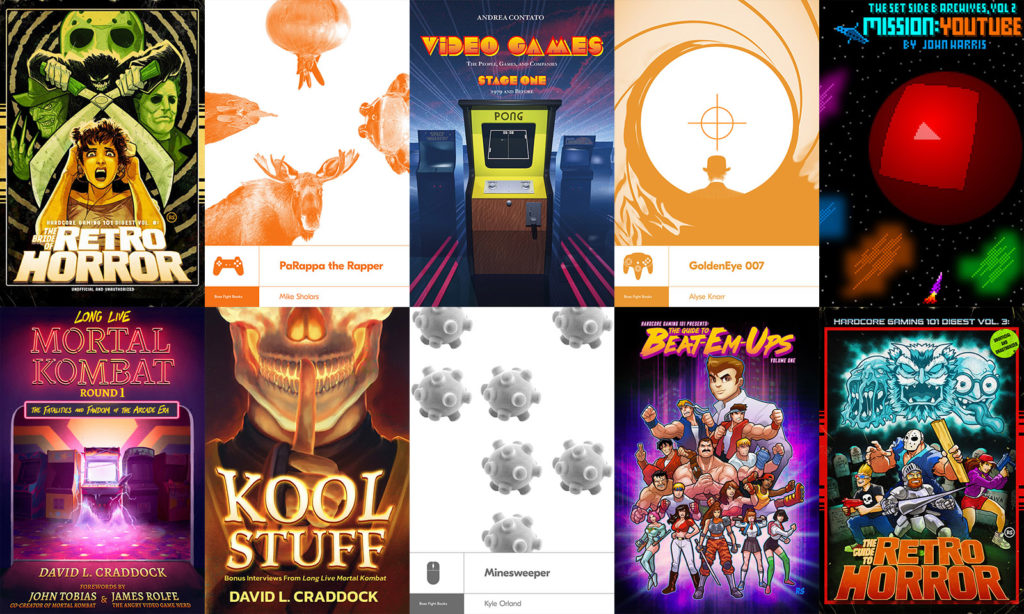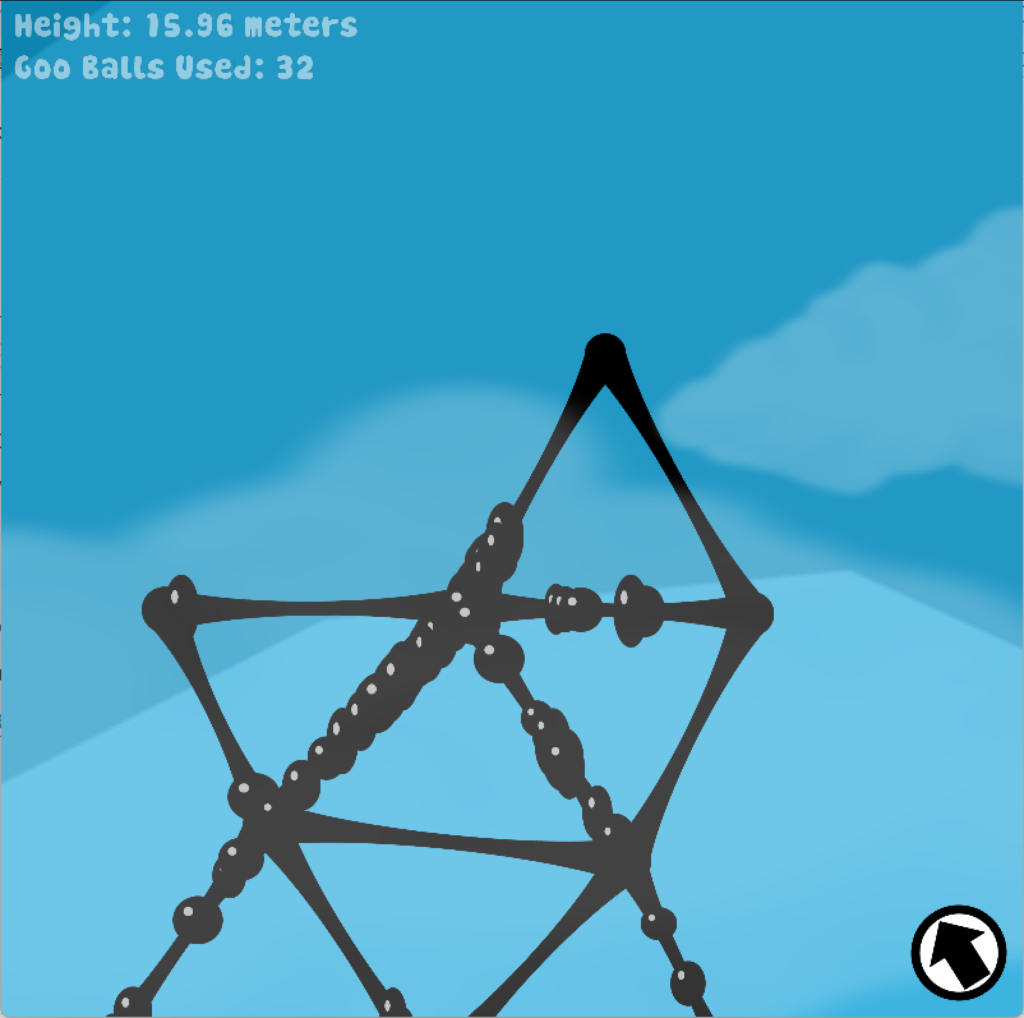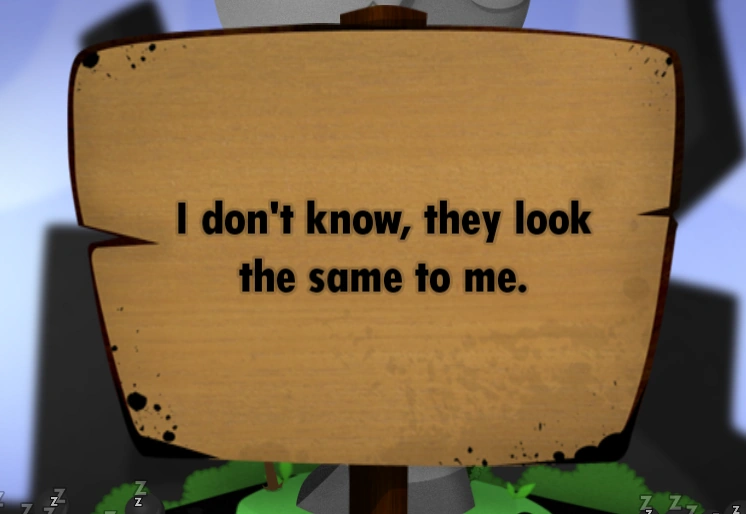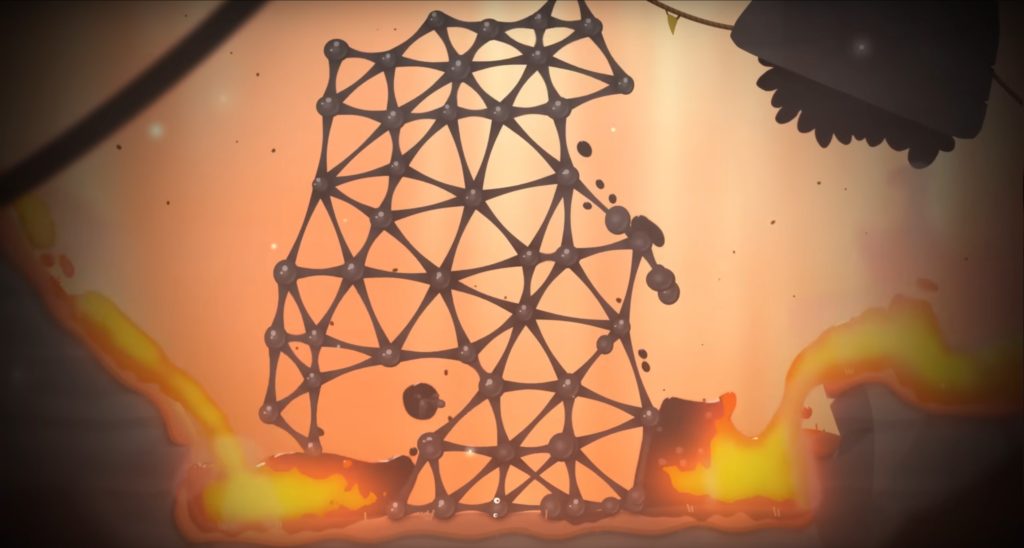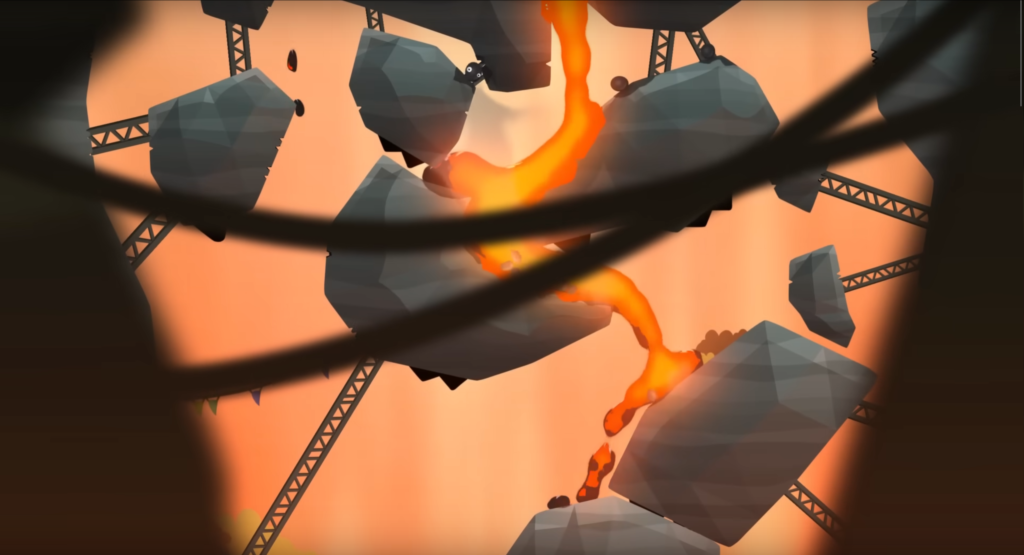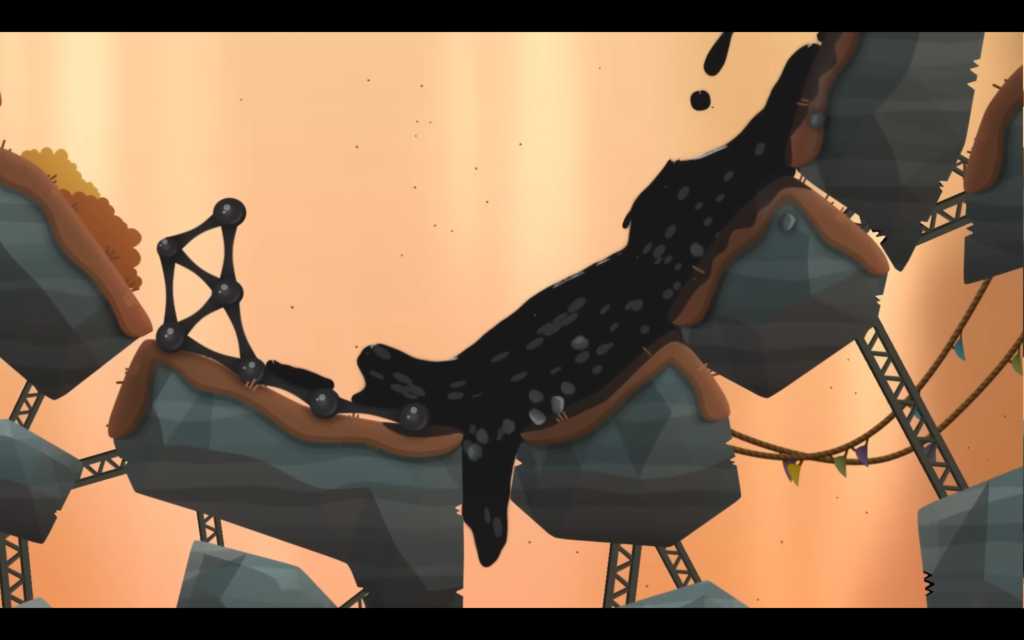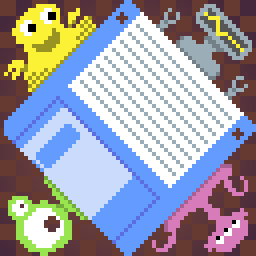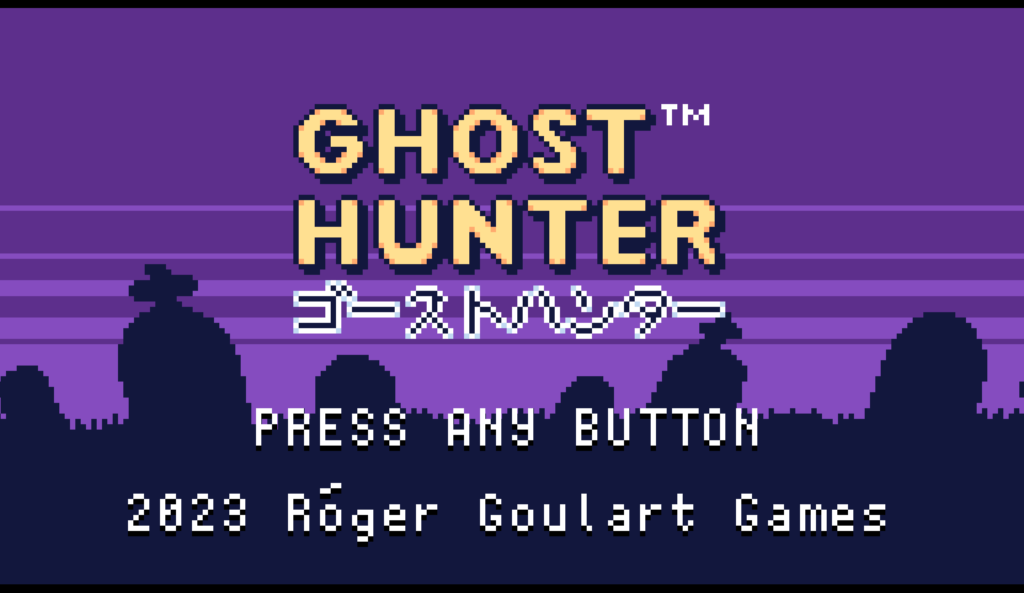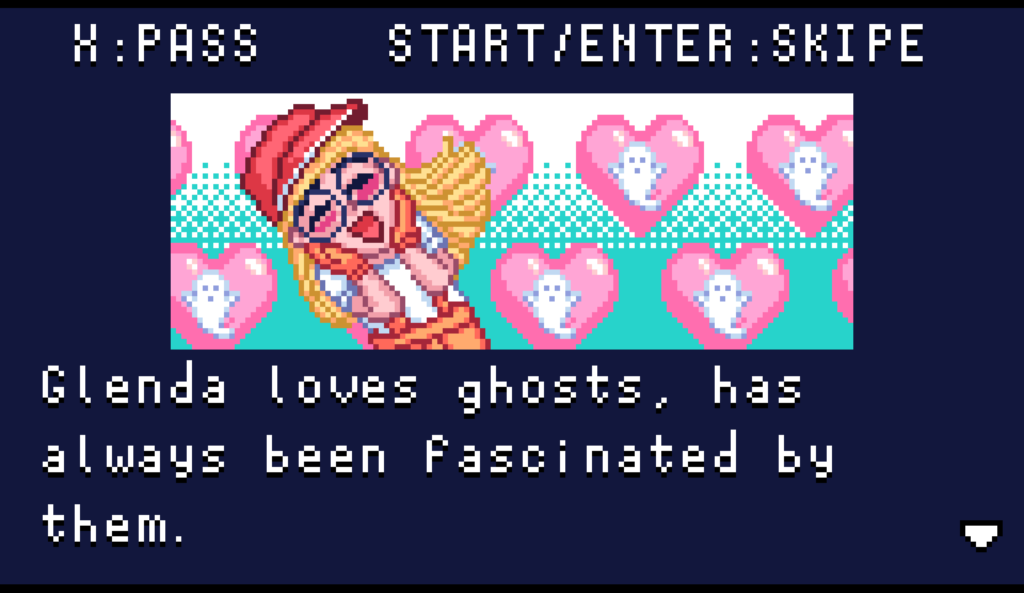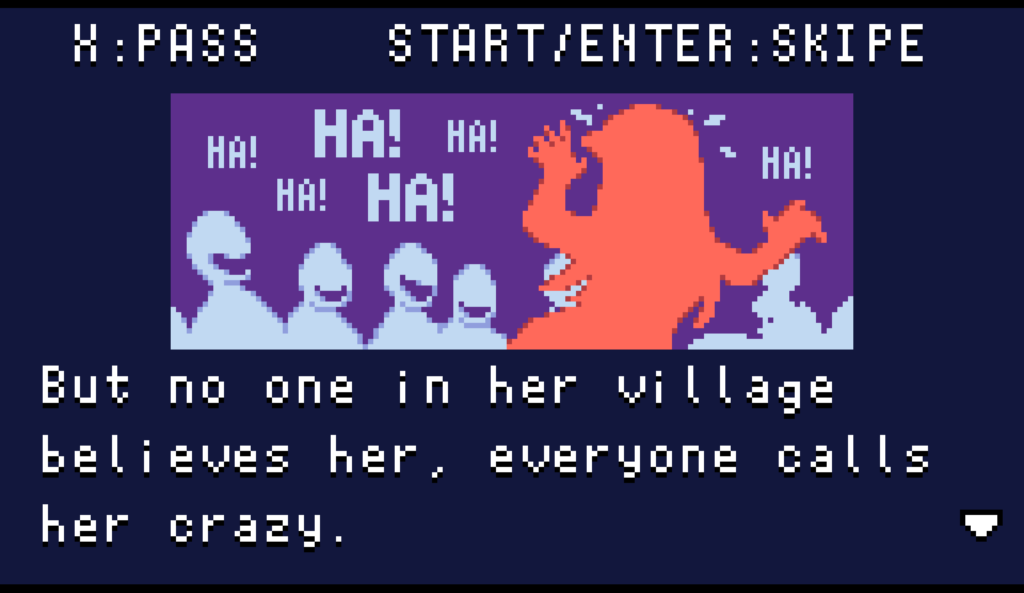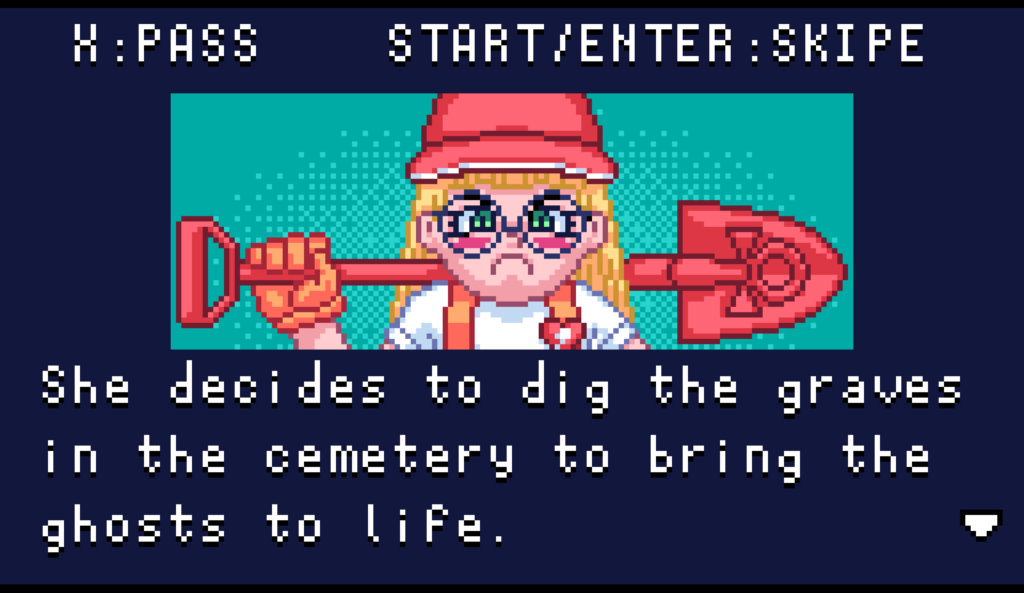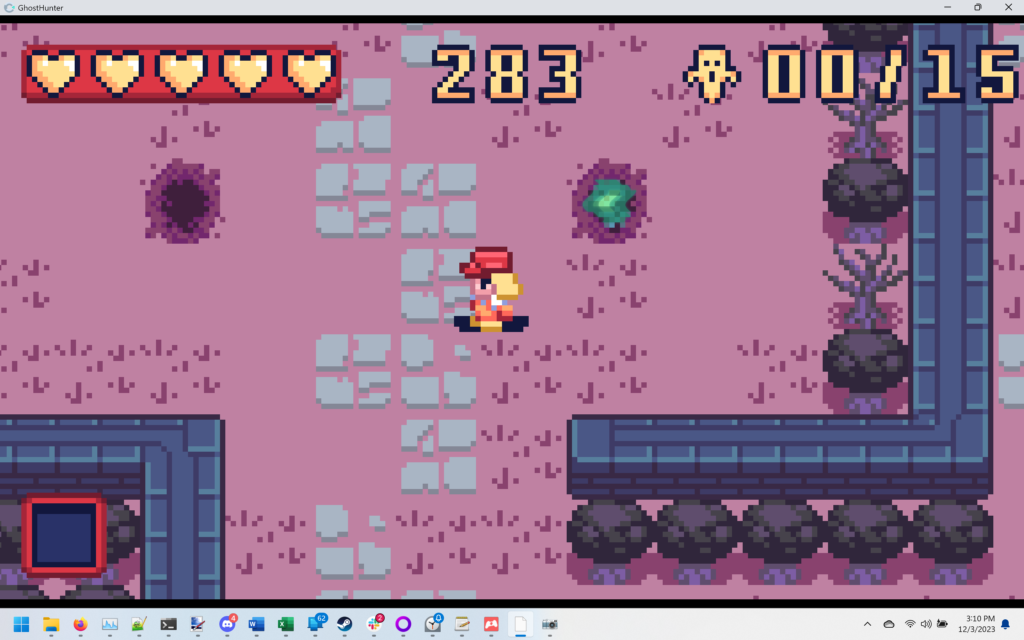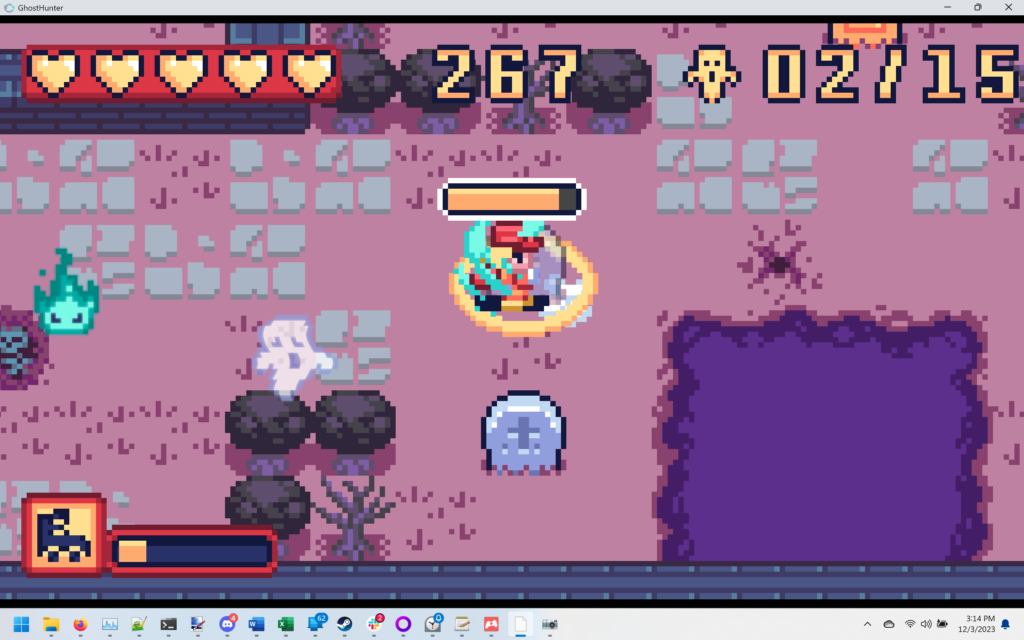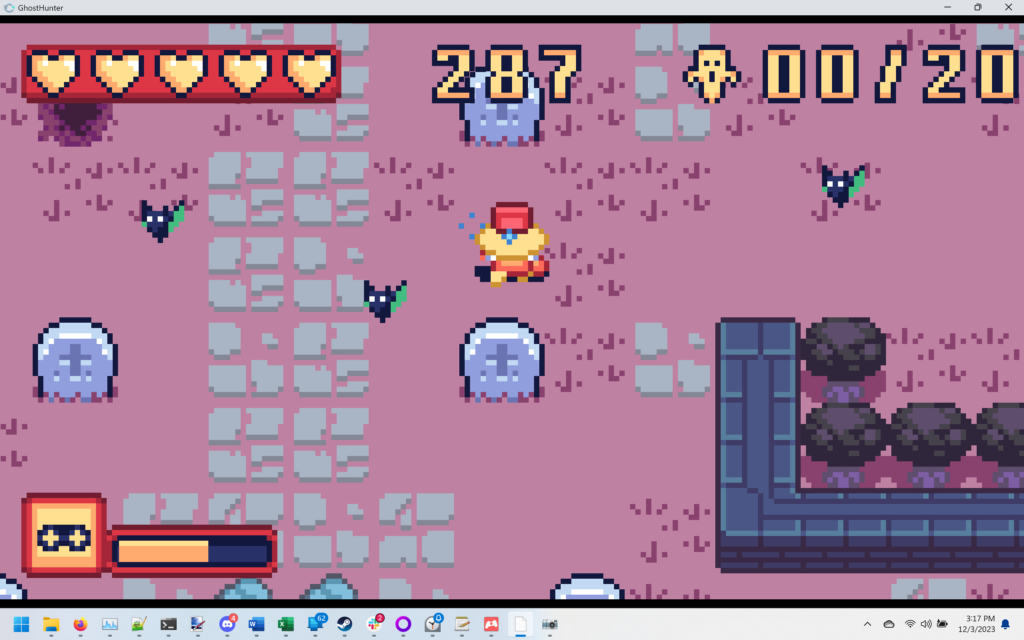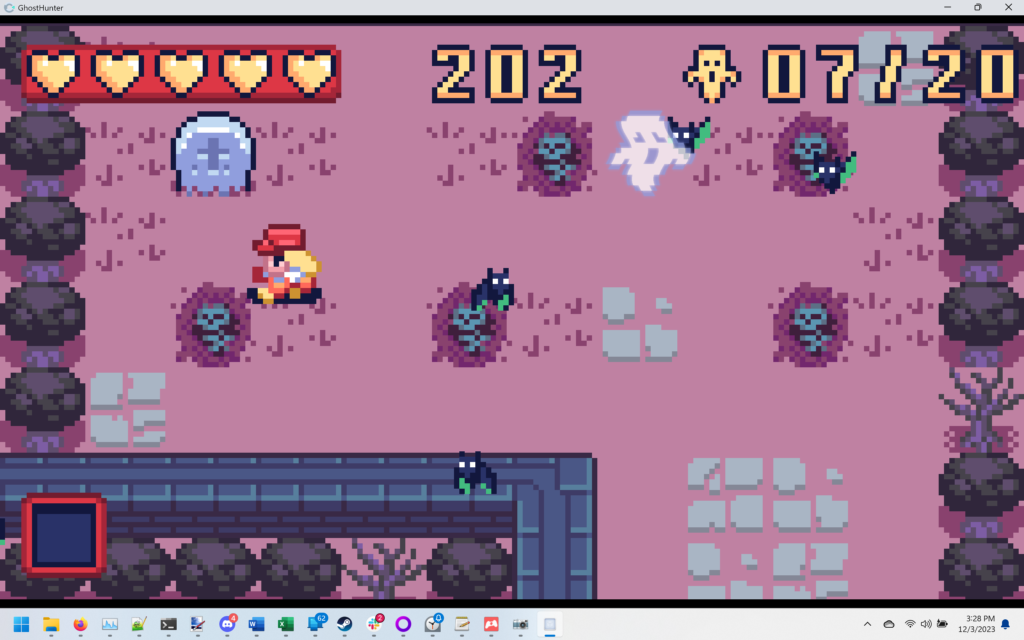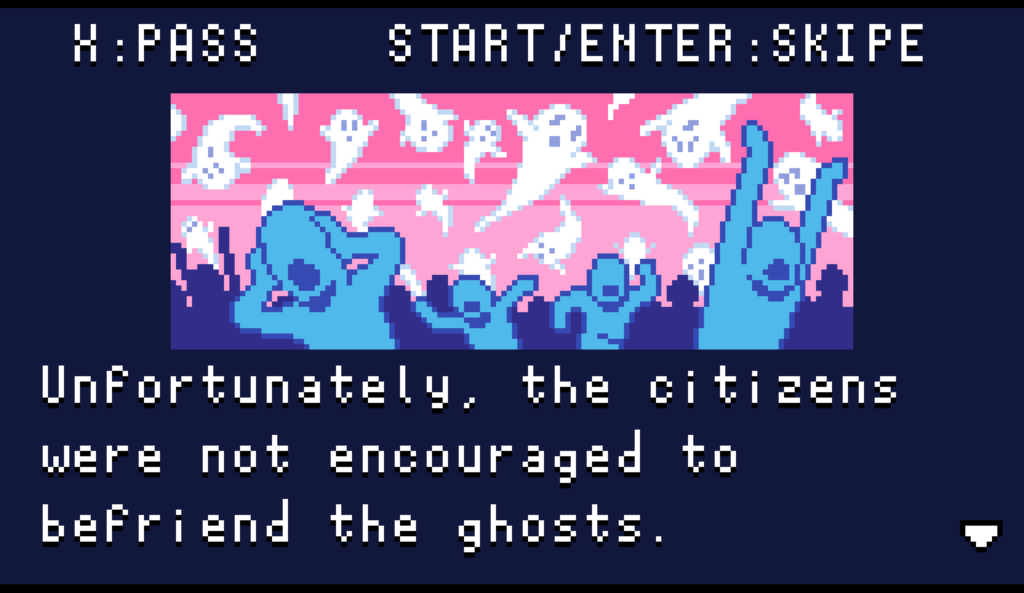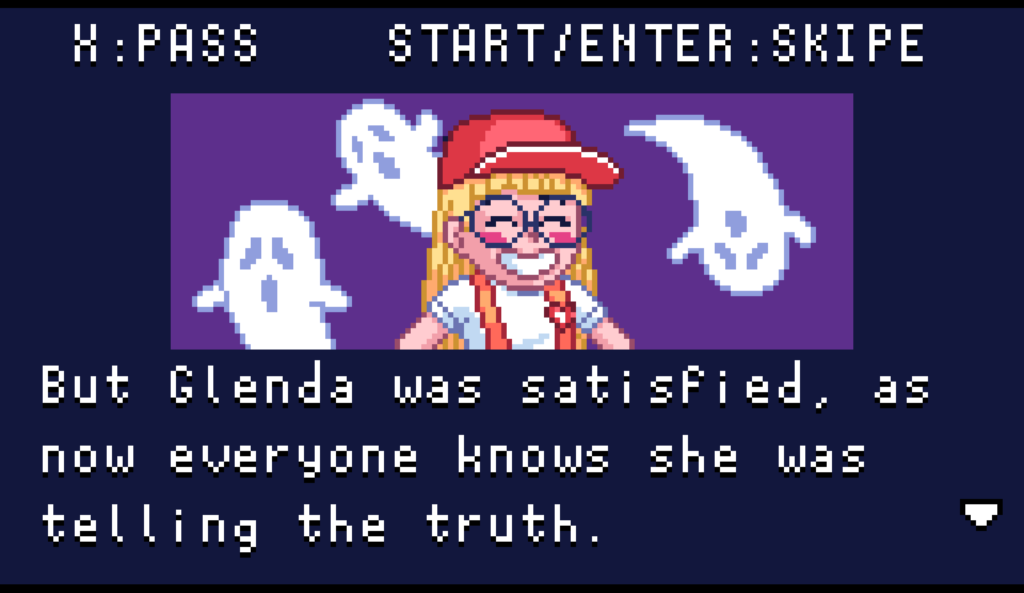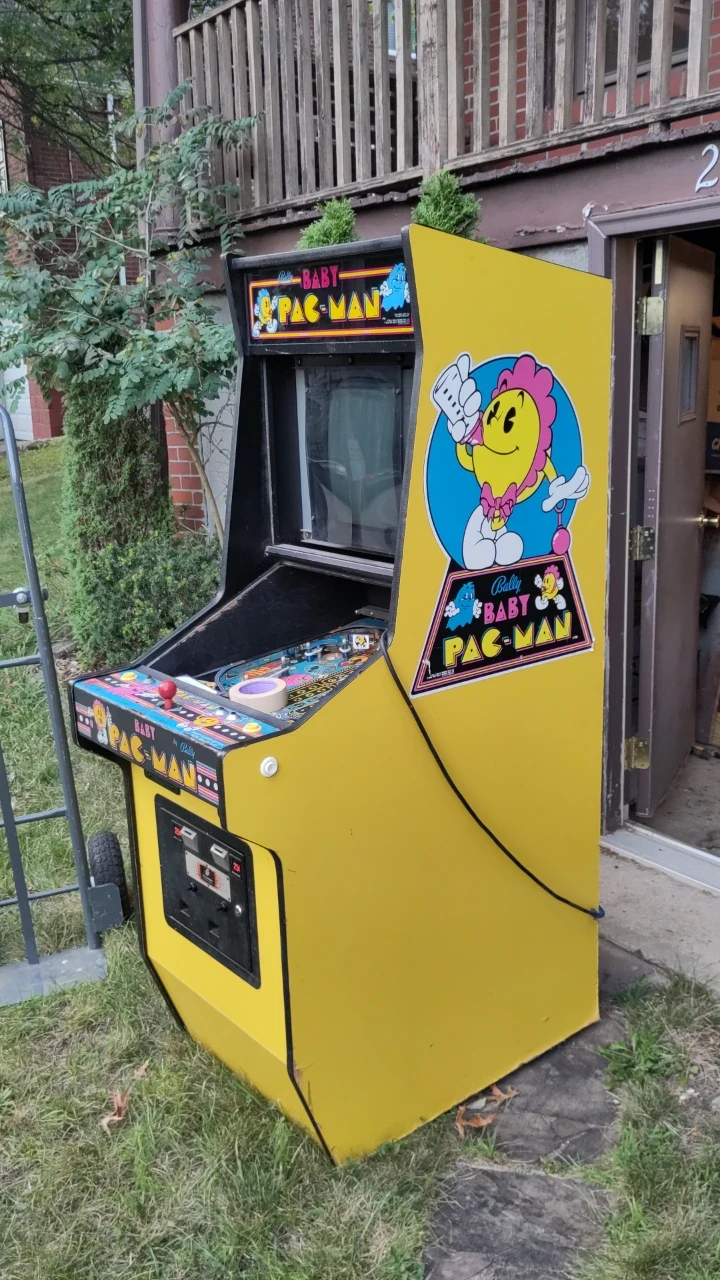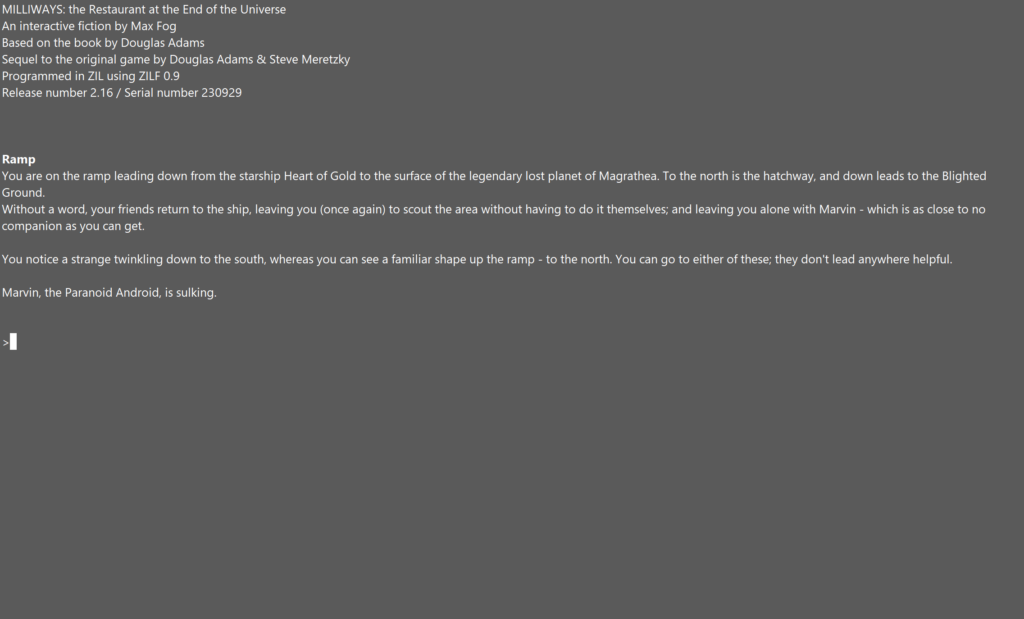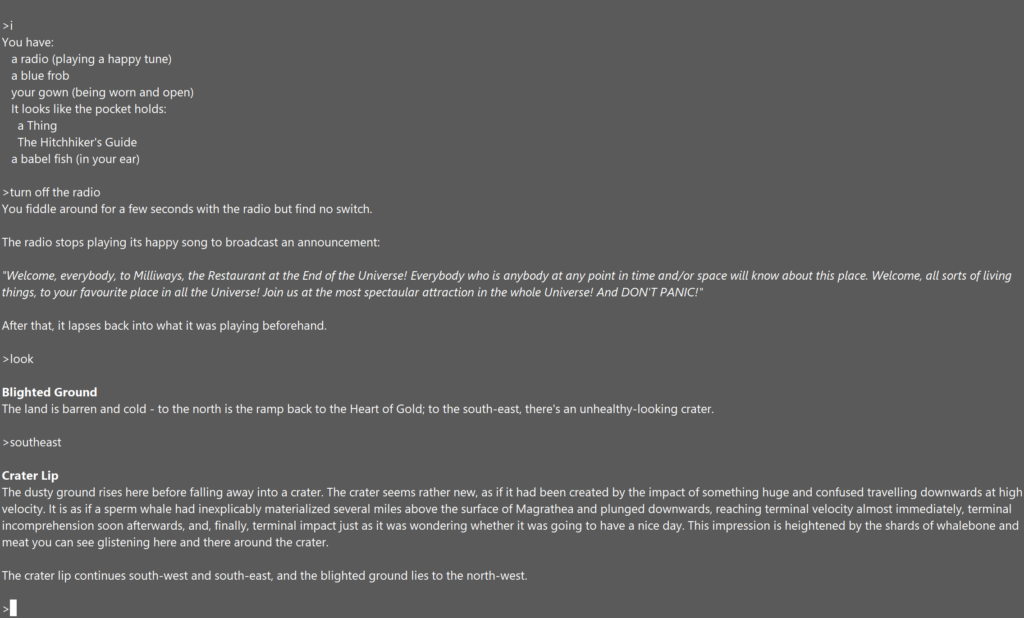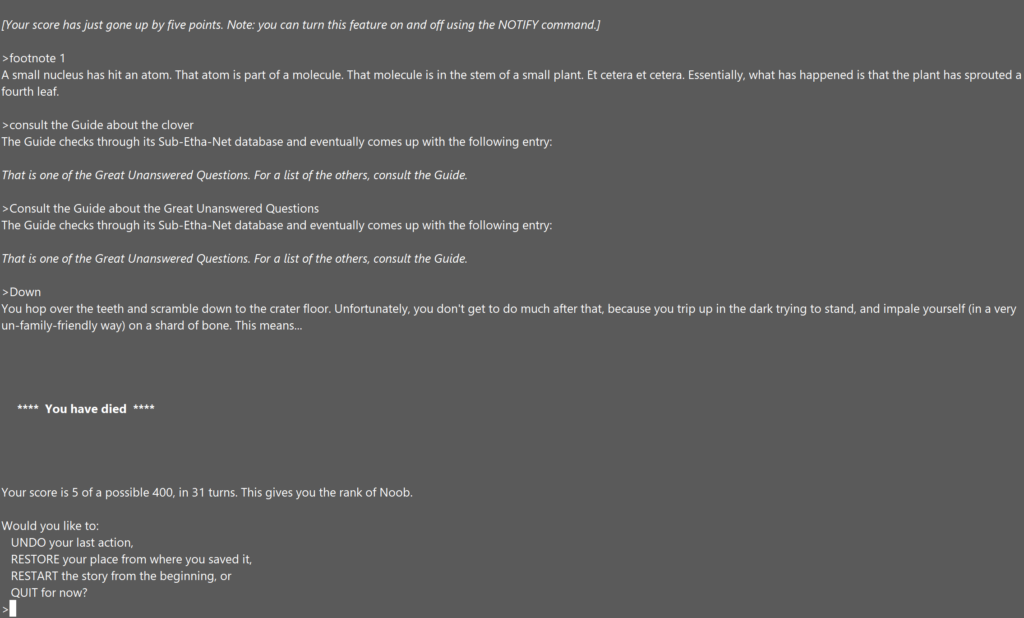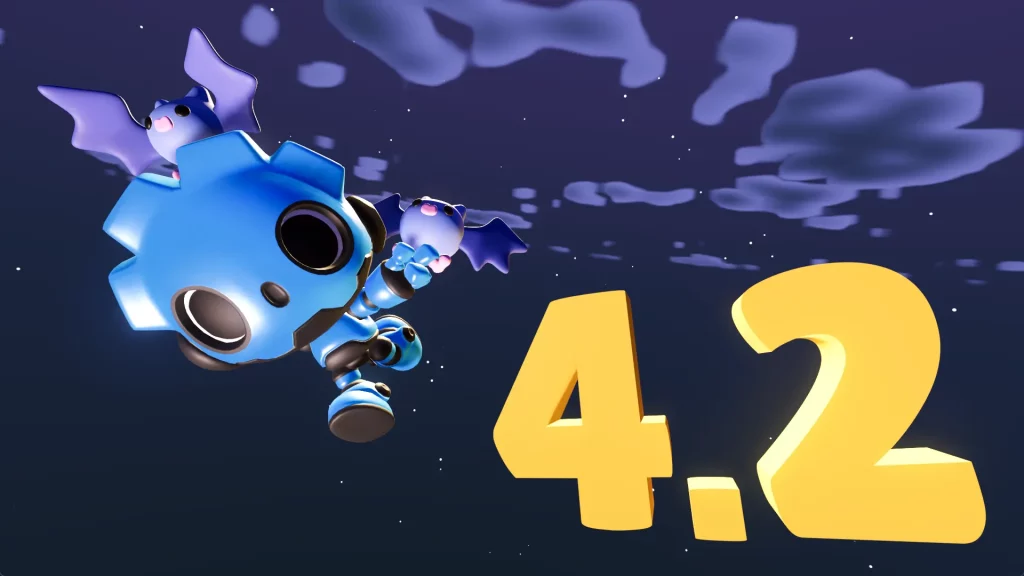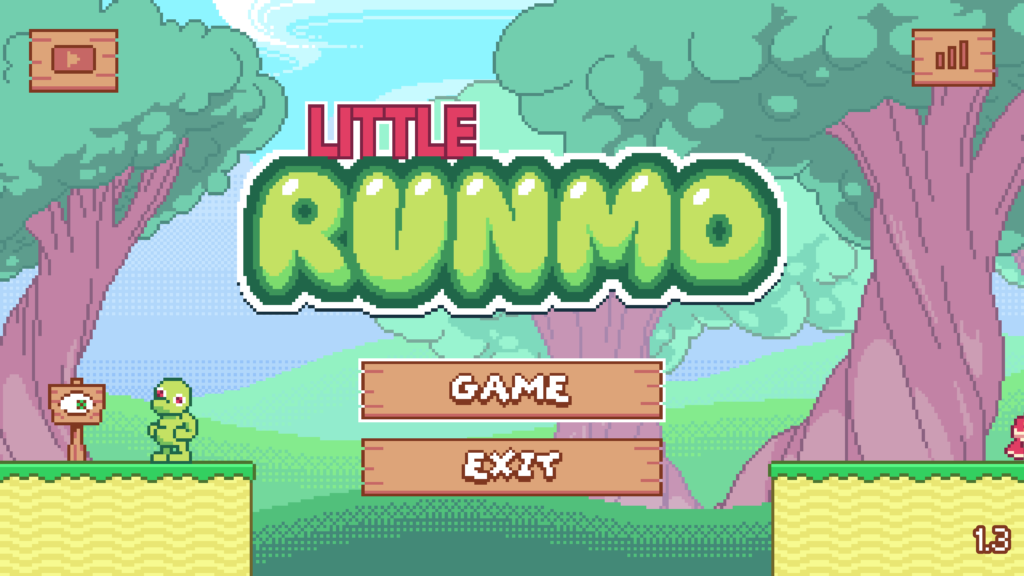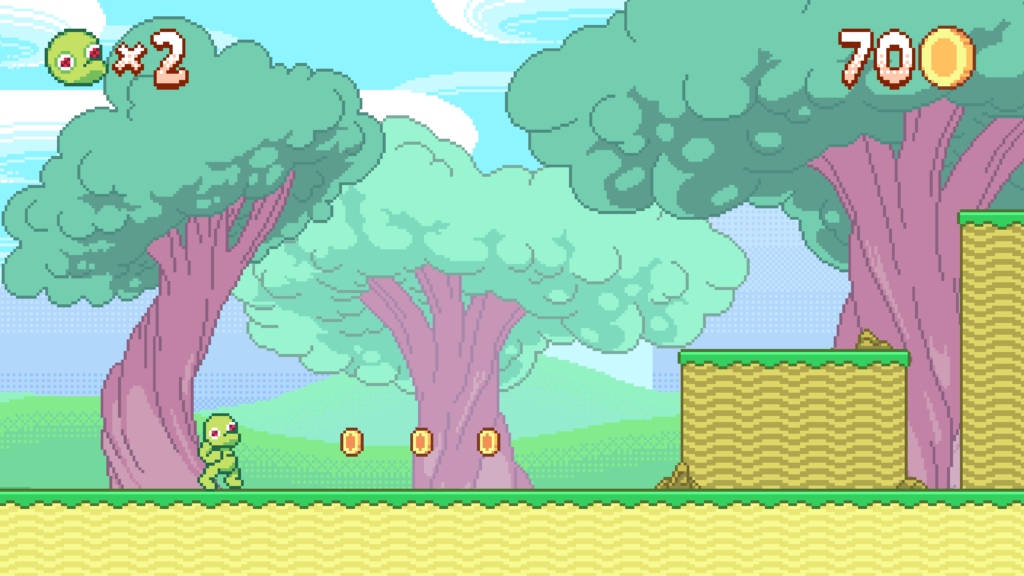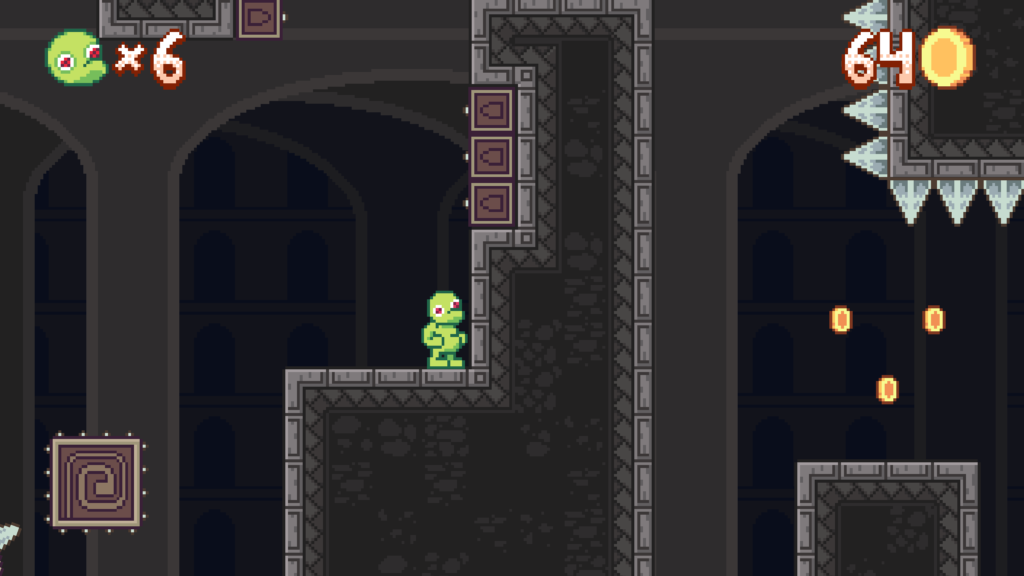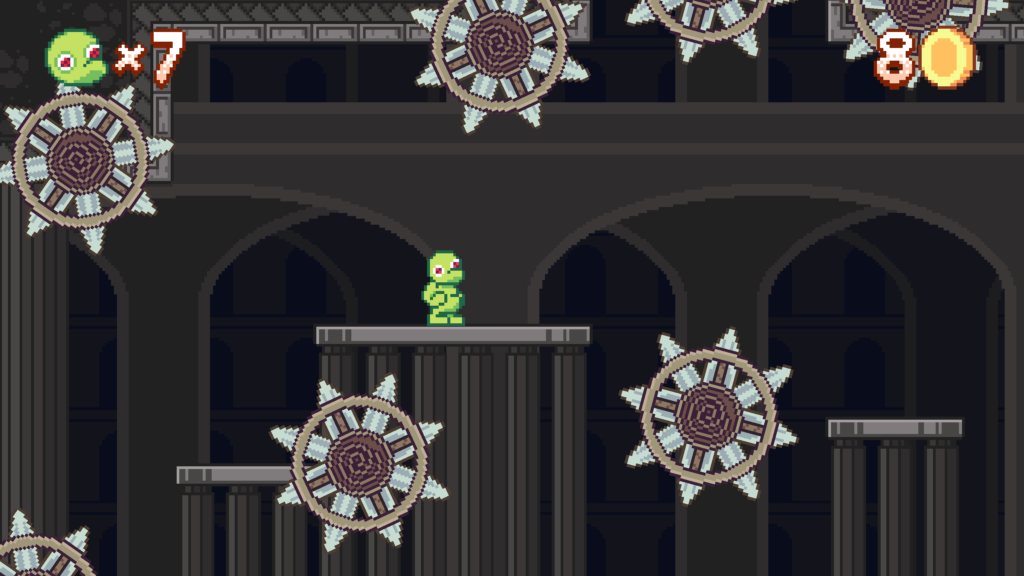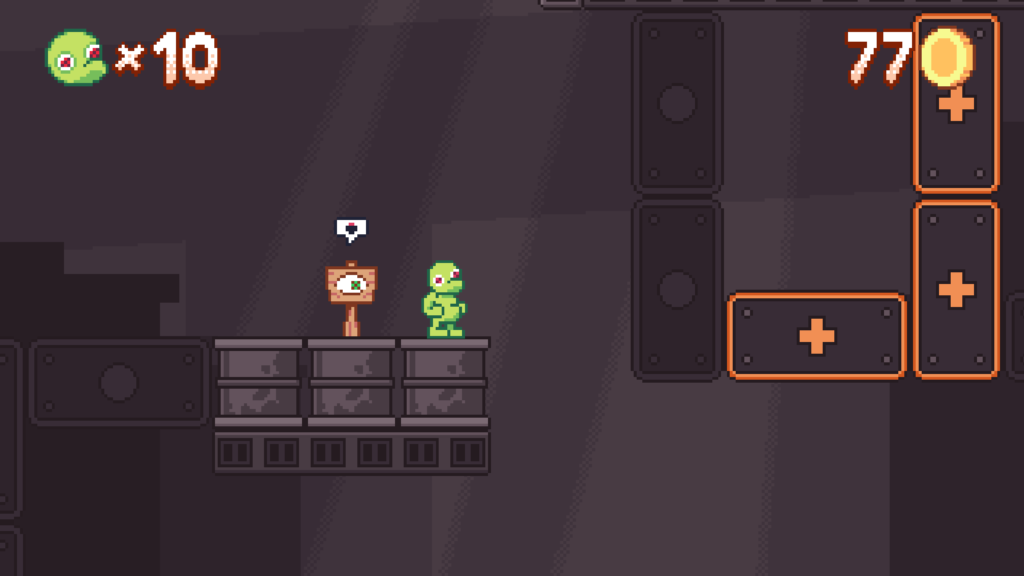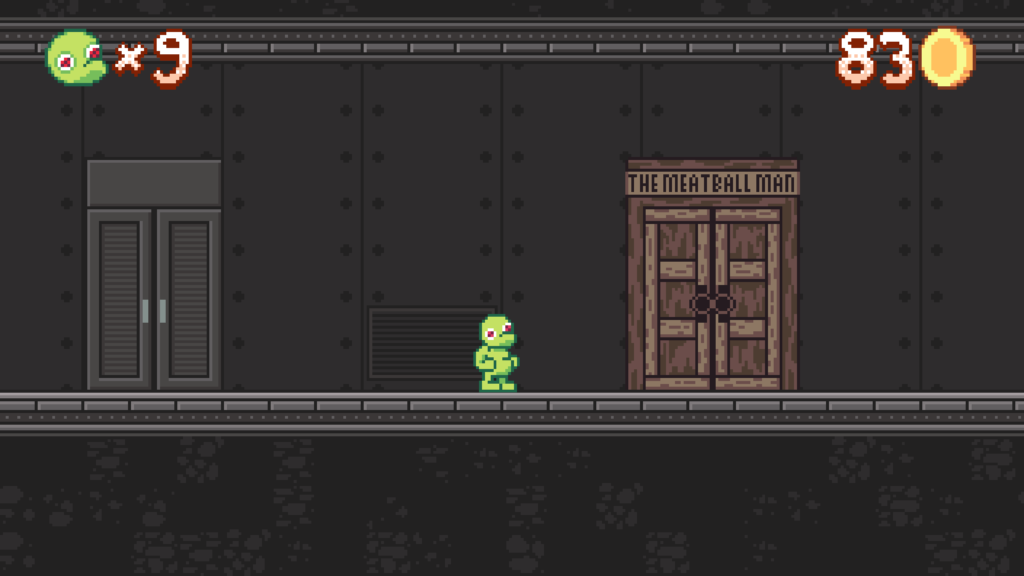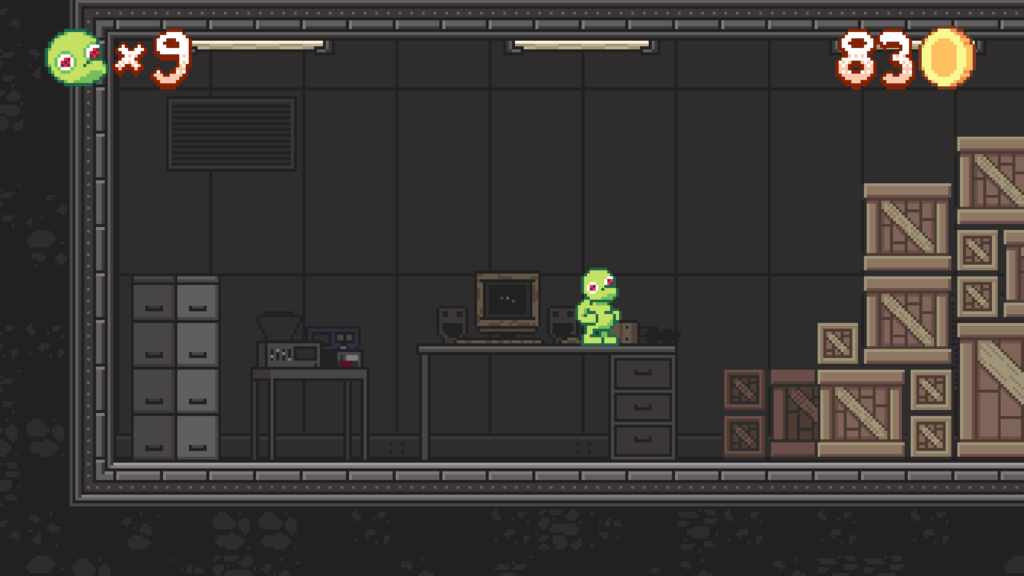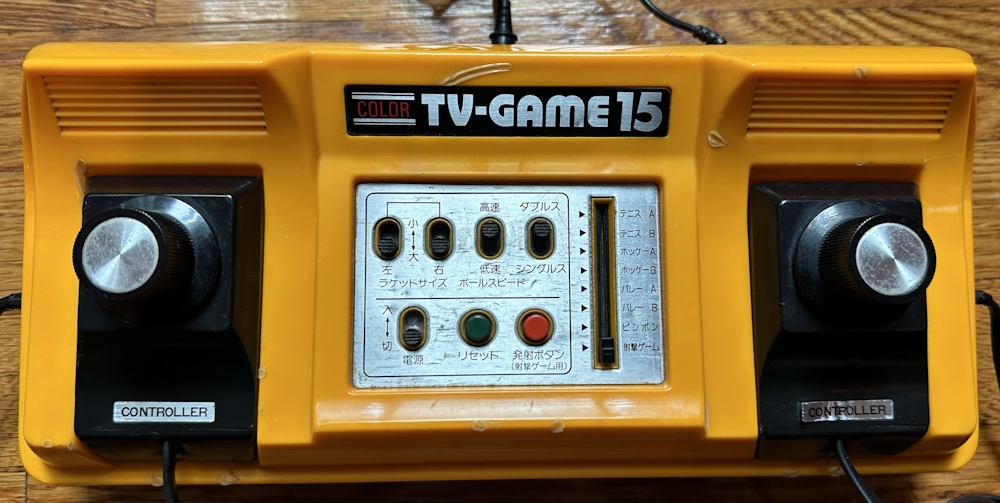If it’s generally entertaining, I try to save game-related animations and cartoons for Sundays, but this is probably interesting more for how it illustrates how the Pac-Man propery is changing. Yes, it’s another excuse to rant a bit about how Pac-Man’s lore is changing under Namco’s direction, like in the Baby Pac-Man post!
I recognize that Bally/Midway’s taking the lead on Pac-Man promotion and lore amounted to a bit of cultural chauvinism. In the early 80s, U.S. licensors of Japanese arcade games would outright put their own copyright notices on games. When I was a kid and Pac-Man fever was running at 104 degrees (Fahrenheit), I knew that Bally/Midway was a thing that existed, but nothing at all about Namco. They filled that widespread ignorance of the game’s origins with their own lore, starting with Ms. Pac-Man, and it’s surprising that now, long after their deal was dissolved and Midway games division consumer games division shut down, that their lore survived for so long.
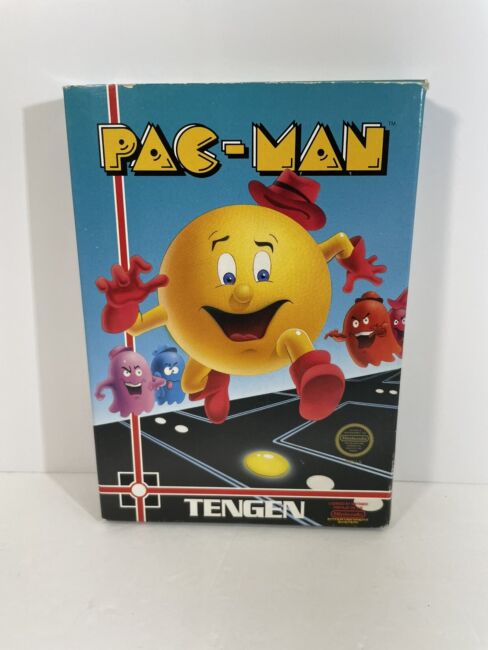
A lot of that has to do with the enduring popularity of Ms. Pac-Man. Other Bally contributions like Jr. Pac-Man haven’t proven nearly so enduring. Another part of the U.S. Pac-Man lore, that has ended up exerting a strong, almost unhealthy, influence over their property has been the Hanna-Barbera cartoon show, yes the one almost no one remembers except for its weird Christmas special, from 1982. That thing got two seasons, alongside likewise forgotten (and less durable) properties Richie Rich and The Little Rascals. H-B’s version of the characters continues to pop up randomly in different places, like the cover art for the original version of Tengen’s release of Pac-Man for NES.
The Hanna-Barbera cartoon was a strong influence over the art design and music of Pac-Land, which means among other things that that weird cartoon is now echoed in Smash Bros. Ultimate. Shh! No one tell Warner Bros!
Okay, time to spiral on down to the point of this post. A “pop-up store,” it seems, is a “retail concept” that involves setting up a small store for a limited period of time, often with a strong theme or a focus on a single brand. Kind of like a micro-sized version of Spirit Halloween.
Namco experimented with a Pac-Man-themed pop-up store in Japan in 2016. They called it “Pac-Store,” and they came up with its own idiosyncratic take on the Pac-Man lore for it, and made a series of short web cartoons to promote it. They’re still on Youtube, but they’re collected into one video by The Pac-Man Archive. That’s what is embedded below. Even though it’s mostly in Japanese you should watch a few minutes of it, if just to see how Namco has retconned the history of the hungry yellow sphere.
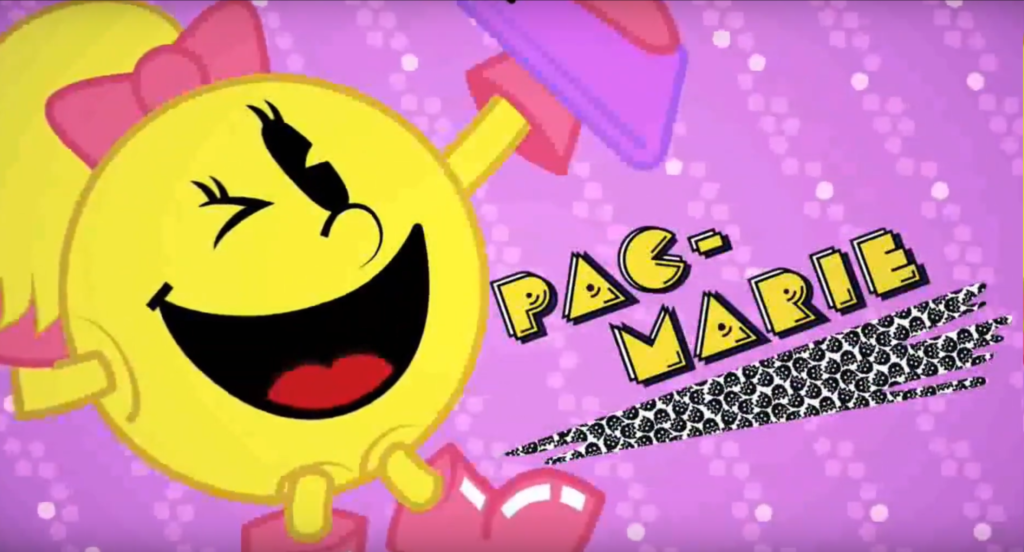
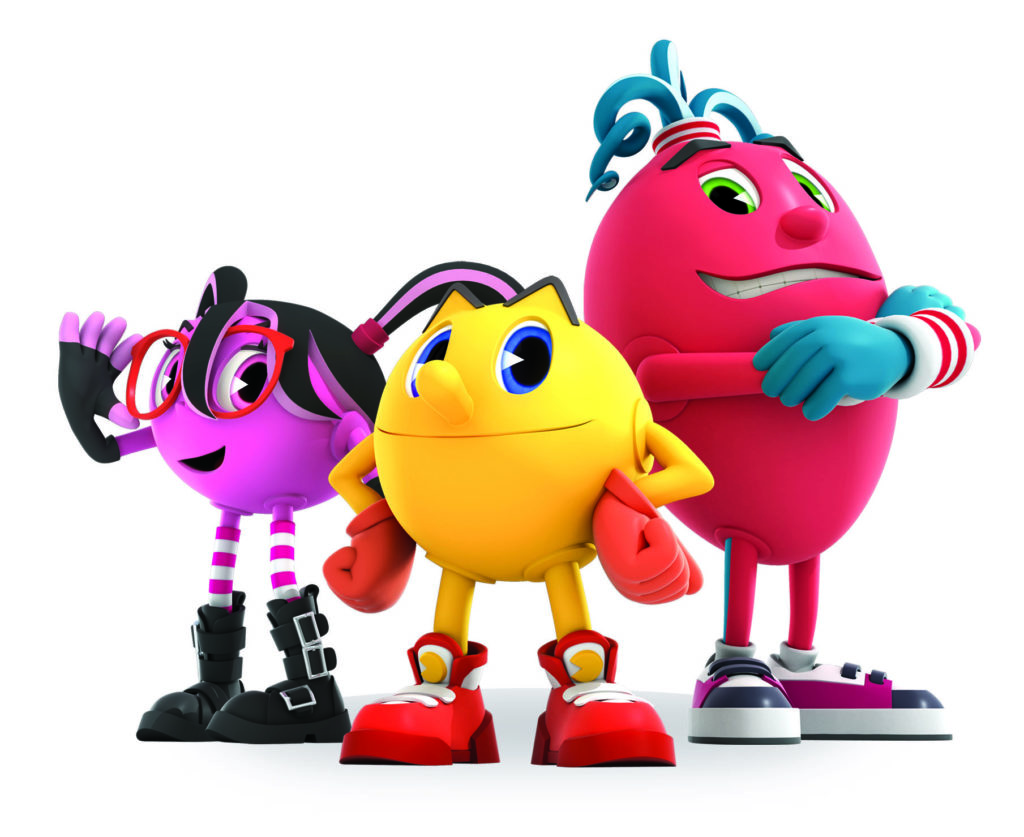
Pac-Man has two assistants, but they’re not Ms. Pac-Man or Baby or Jr. They don’t even have “Pac-Mom,” Namco’s more-recent recreation of Ms. Pac that isn’t burdened by AtGames’ licensing with Ms. Pac-Man creator GCC. Instead, Pac is backed by “Pac-Marie” and “Pac-Little.” Keep in mind that the horrible “Pac-Man and the Ghostly Adventures” TV show was released around 2013, and its characters got unfortunately crammed into at least one iteration of Pac-Man Museum (the one I have on Steam). It’s interesting that they didn’t use those for Pac-Store. Maybe Namco was already coming to realize that Ghostly Adventures was destined for purgatory.
I actually don’t hate Pac-Marie, she’s got a fun design, and it’s not like Pac-People have much to distinguish them anyway. She’s still a hell of a lot more appealing than anything from Ghostly Adventures.
Pac-Store – All Animated Shorts (Youtube 8 1/2 minutes)
